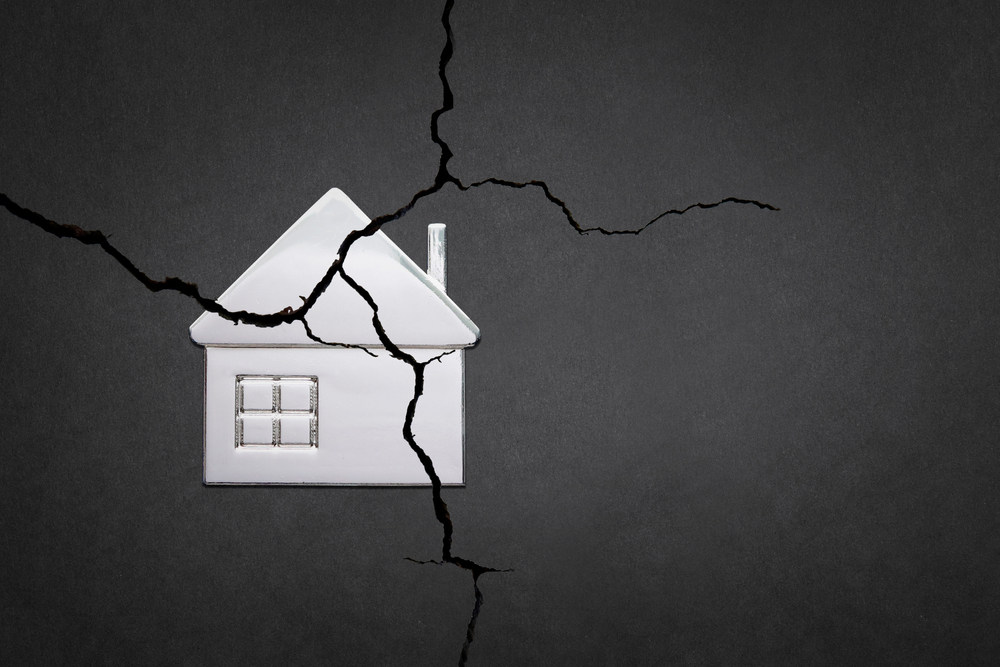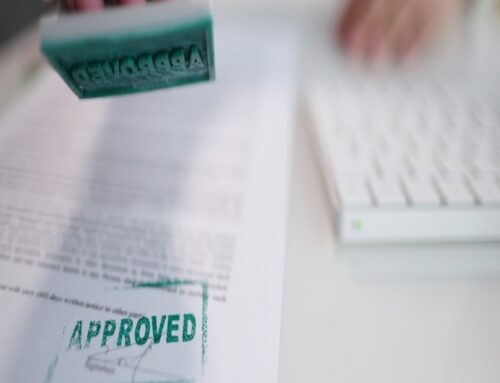
Property damage can be distressing for homeowners. Whether it results from a natural disaster, fire, or unexpected plumbing failure, knowing how to react can greatly influence the outcome of your insurance claim. This guide outlines a straightforward action plan to help you effectively manage the process and ensure your claim is handled appropriately.
Evaluate the Damage
The first action after experiencing property damage is to evaluate the extent of the situation. Carefully inspect your home and document your findings. Take photographs or videos of the affected areas and note any personal items damaged or lost. This documentation will be crucial when filing your insurance claim, as it provides visual evidence of the incident and assists you in accurately reporting the damages to your insurer.
Notify Your Insurance Provider
After assessing the damage, informing your insurance company as soon as possible is important. Most policies require prompt reporting of property damage to start the claims process. When contacting your insurer, provide details about the incident and any documentation you’ve gathered. Be prepared to answer questions regarding the type of damage, the circumstances surrounding it, and any immediate actions you took to reduce further loss.
Take Steps to Prevent Additional Damage
While waiting for your insurance adjuster to evaluate the situation, take measures to prevent additional damage to your property. This may involve making temporary repairs, such as covering broken windows or stopping leaks. However, remember that any repairs should be documented, as your insurer may request proof of your efforts to minimize further loss. Keep receipts for any materials or services you purchase during this time, as they can be submitted with your claim for reimbursement.
Maintain Comprehensive Records
As you progress through the claims process, keeping organized records is vital. Create a dedicated folder for all your property damage and insurance claim documentation. This should include photographs, receipts for repairs, correspondence with your insurance company, and any forms you submit. Consolidating everything will help streamline communication with your insurer and ensure you have all necessary information readily accessible throughout the process.
Stay Proactive with Follow-Ups
Once you’ve submitted your claim, remain proactive by regularly following up with your insurance adjuster. Ask about the status of your claim and whether they require any additional information. This demonstrates your commitment to resolving the issue and helps you stay informed about your claim’s progress. If any delays arise, address them promptly to avoid prolonging the resolution of your property damage concerns.
In summary, managing property damage involves a structured approach to ensure a smooth insurance claims process. By evaluating the damage, notifying your insurance provider, taking steps to prevent further risks, maintaining comprehensive records, and staying proactive with follow-ups, homeowners can effectively navigate the challenges associated with property damage. Implementing these steps will help protect your interests and facilitate a more efficient resolution to your claim.
Navigating Property Damage with the Law Offices of Julia Sklar
If you find yourself dealing with property damage, it’s important to understand the necessary steps for an effective claims process. At the Law Offices of Julia Sklar, we specialize in helping homeowners navigate the complexities of insurance claims. We can assist you in assessing your situation, ensuring that all documentation is properly handled, and advocating on your behalf with insurance providers. Our team is dedicated to providing your support during this challenging time. Contact us today for a free consultation at (818) 904-1597.




